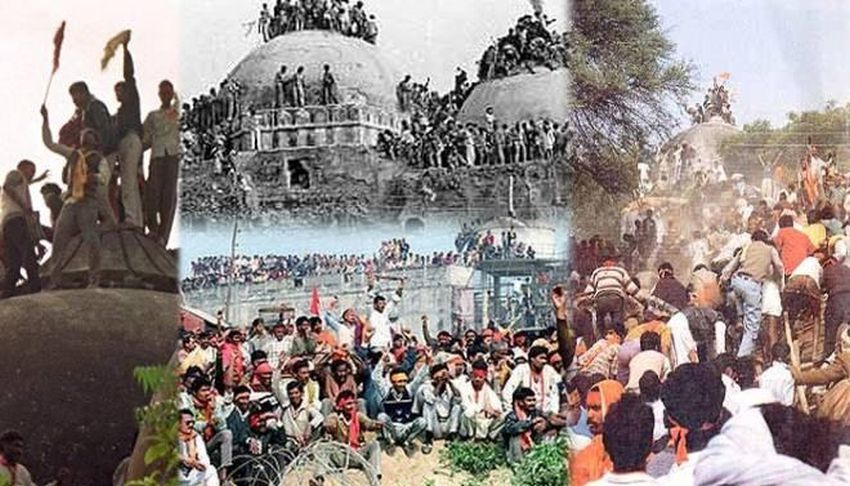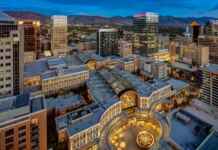Almost every one of us knows about the dispute for the Ram Mandir in Ayodhya. It is one of the oldest cases which, has finally come to a verdict. The major reason why everyone was so concerned about this land is, it’s Hindu’s deity Lord Rama’s Janmabhoomi and, is considered an auspicious place to visit. Though the popular temple built on this site was destroyed but, now finally the matter is resolved and, you can again go to take blessings. Check out some of the major facts about this case below:

- Ram Mandir in Ayodhya is a 2.77 acre of land which is the birthplace of Lord Rama. The fight of this land started between Hindus and Muslims after a Mughal emperor, Babur demolished the temple in 1582.
- For many years Muslims worshipped inside the Mosque while Hindus continued worshipping the Janmbhumi on Ram Chabutra which was situated outside of the mosque.
- In 1949, after India got independent, pictures of Lord Rama were brought to the mosque due to which a lot of conflicts happened and, the place got closed for both the communities.
- To take a strict action against Babur’s step the first complaint was filed in Faizabad district court by Mahant Raghubir Das in 1885.
- The land was declared as disputed by the British government and, got locked in 1949.
- In 1984, a campaign by Hindus was introduced to break the mosque and build the temple which got succeeded but resulted in major riots in which many people lost their life.
- A series of court battles took place over the years on this issue. The land was divided equally between the Hindus and Muslims in 2010 but they were not happy with it.
- Finally, in 2019 the Supreme Court declared that Ram Mandir would be built on the land and, Muslims will be offered 5 acres of land separately to build their mosque.
- Earlier it was a judicial matter but eventually turned into political when some leaders were too involved in triggering the fights between the two communities.
- Many Hindus believe that Babur himself ordered to keep the name of the Mosque as Babri Masjid because before that it was named as, Masjid-e-Janmsthan.










